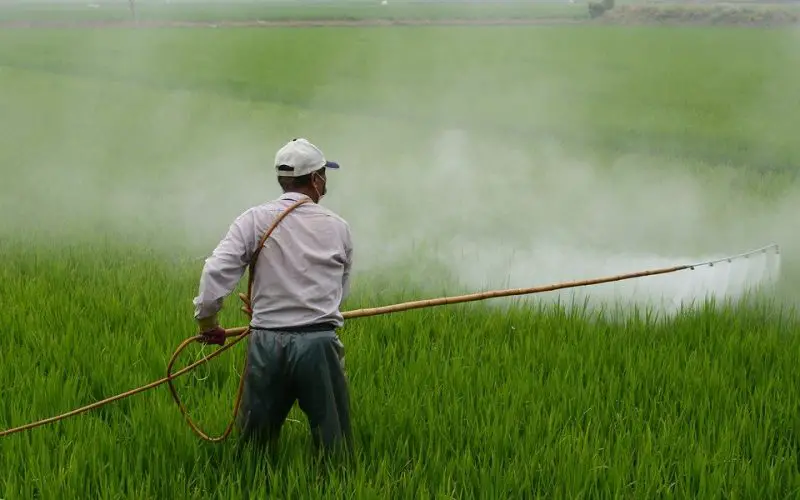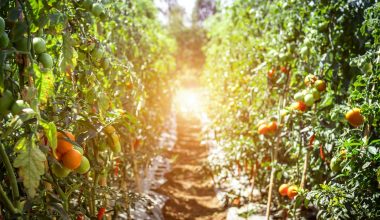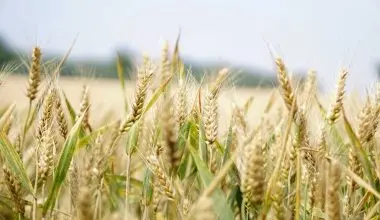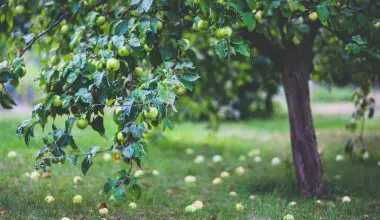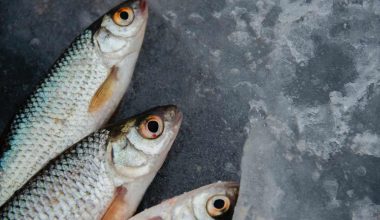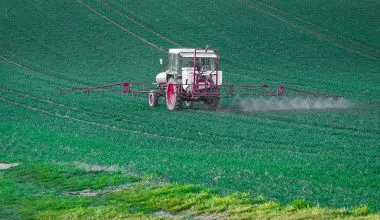Agriculture is home to a vast amount of harmful chemicals that are regularly being used to increase crop yield and sell them to the market on the basis of being a better product in the market compared to the existing products.
According to the Agricultural Chemicals Regulation Law passed in 1948, Agricultural Chemicals are “chemical agents such as fungicides and insecticides that are used to control the viruses or crop-harming organisms.”
It is a known fact that most of the farmers and people practicing agriculture heavily rely on chemicals for producing various crops. However, there is an ever-increasing knowledge concerning the fact that the chemicals being used to grow these products possess the capability of harming the environment and the ecosystem around it. It has also been found that these chemicals are affecting the health and well-being of the farmers applying these chemicals along with the residents living around these regions.
This has led to mass awareness programs and the formation of regulatory bodies to manage and control the number of chemicals being used up to a certain threshold.
Effects of Pollution due to Dangerous Chemicals used in Modern Agriculture
Chemicals such as nitrogen, phosphate, phosphorus, insecticides, and other pesticides being used in modern agriculture are a constant source of pollution of soil and various water bodies including rivers, lakes, streams, and even oceans. These harmful chemicals have constantly affected the natural surrounding and ecosystems adjacent to the areas where they are being used on a day to day basis.
These chemicals when employed in agriculture eventually create runoff which has the potential to flow into nearby water bodies and potentially creating algal blooms. The algal bloom can later create water bodies devoid of oxygen due to the process of eutrophication, thereby altering the level of biodiversity in these water bodies. These hypoxic zones become areas where no marine life can existent or inhabit due to the lack of oxygen within these locations.
The most commonly used pesticides include Telone, Methyl Bromide, Chloropicrin, and Metam Sodium. All of these chemicals are very useful pesticides when it comes to fighting pests amidst crop growth. However, all of these chemicals carry a potential risk of damaging the species, ecosystem, and health of the living population. For instance, Telone II is highly carcinogenic, causing numerous deaths amongst farmers. Metam Sodium is known for causing developmental anomalies and is highly poisonous for birds and fish. Methyl Bromide is associated with various cardiovascular disorders including cardiac death and nervous system pathologies.
Other various chemicals are constantly used on crops which include spreaders, repellents, herbicides, insecticides, fungicides, rodenticides, and attractants. All of these chemicals are supplied to the crop in aerosol form using sprays. Their purpose is to prevent the growth of weeds or the development of various diseases among plants and create a healthy and high yield crop (no matter the environmental damage). Although, they ultimately serve this purpose very well they are very toxic to humans and other living species.
How can we reduce the burden of Chemicals used in Farming?
There are several programs and initiatives launched in the past few decades such as the Stockholm (2001) and Rotterdam (1998) conventions which can reduce the chemicals being used on the crops to protect the health and the environment. However, even though these chemicals have been deemed harmful their use often exceeds the limits set by legal authorities. In the continents of Asia and Africa, these chemicals are frequently used by farmers who lack the knowledge of the adverse effects that these chemicals possess and continue to use them to achieve a higher yield of crops. This may lead to excessive use of these chemicals and their spread across large areas of the environment. This doesn’t only leave high chemical burden on the crops but will eventually be consumed by humans. It may also adversely affect the guardians of these crops such as insects, bees, and worms.
The most effective way to deal with these chemicals and the negative impact that they are causing is to simply reduce the usage of these chemicals on the lands. This can be achieved in various ways including Integrated Pest Management (IPM) which helps farmers produce cost-effective crops in a more sustainable manner. Other practices also include the adopting of organic farming which outright initiates the complete discontinuation of these synthetic chemicals to be used on farmlands and to grow the crops without any chemical or biotechnological modifications. This may not produce the same output of yield that the crops which are sprayed with chemicals do, but will surely protect the health of the population and the environment in the long run. Such practice is being employed more and more consistently as people are gaining the required knowledge and awareness on the concept of the negative impact that these chemicals have and how they damage the society and the natural world.
